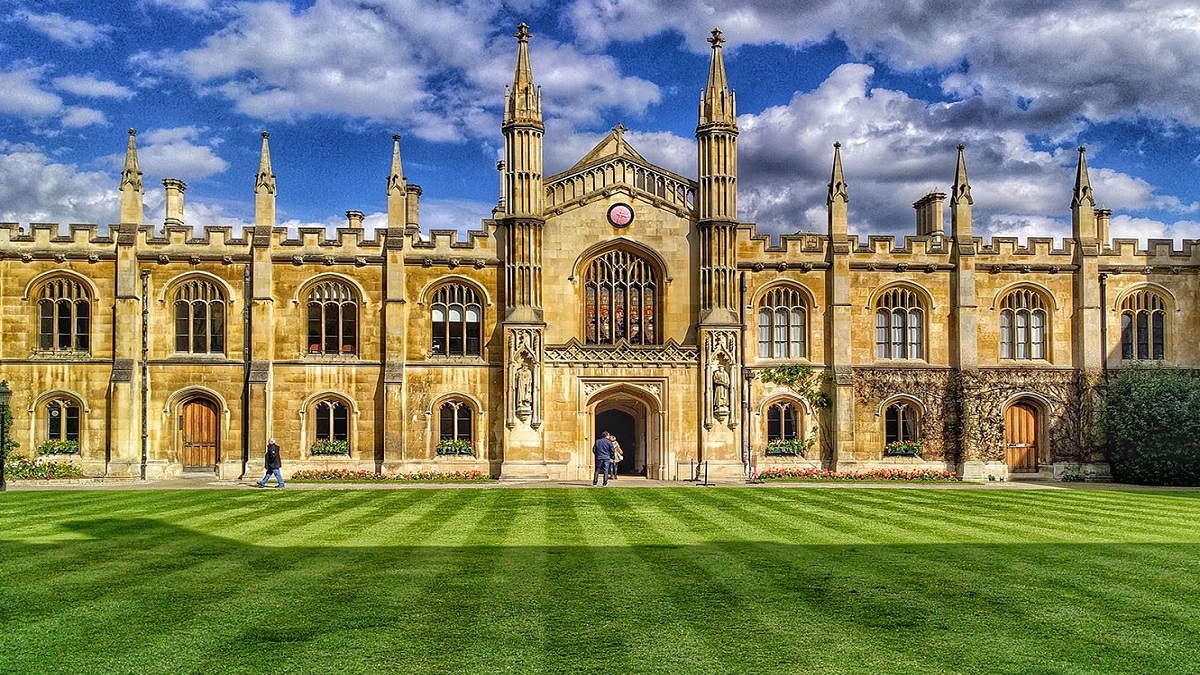- Courses
- GS Full Course 1 Year
- GS Full Course 2 Year
- GS Full Course 3 Year
- GS Full Course Till Selection
- Answer Alpha: Mains 2025 Mentorship
- MEP (Mains Enrichment Programme) Data, Facts
- Essay Target – 150+ Marks
- Online Program
- GS Recorded Course
- Polity
- Geography
- Economy
- Ancient, Medieval and Art & Culture AMAC
- Modern India, Post Independence & World History
- Environment
- Governance
- Science & Technology
- International Relations and Internal Security
- Disaster Management
- Ethics
- NCERT Current Affairs
- Indian Society and Social Issue
- NCERT- Science and Technology
- NCERT - Geography
- NCERT - Ancient History
- NCERT- World History
- NCERT Modern History
- CSAT
- 5 LAYERED ARJUNA Mentorship
- Public Administration Optional
- ABOUT US
- OUR TOPPERS
- TEST SERIES
- FREE STUDY MATERIAL
- VIDEOS
- CONTACT US
19th NAM Summit In Kampala, Uganda
19th NAM Summit In Kampala, Uganda
31-01-2024
- Ugandan President Yoweri Museveni, who hosted the 19th Summit of the Non-Aligned Movement in Kampala, expressed his regret over the expulsion of Indians by Idi Amin in the 1970s.
- He praised the achievements of the Indian diaspora in Uganda and lauded India’s role in the global south.
- The Global South refers to countries often characterized as developing, less developed, or underdeveloped, primarily located in Africa, Asia, and Latin America.
- These nations typically experience higher levels of poverty, income inequality, and challenging living conditions compared to the wealthier nations of the Global North.
- The “Global North” is richer nations that are located mostly in North America and Europe.
Uganda's Role in the 19th NAM Summit
- Host: Uganda was selected to host the 19th NAM Summit during a meeting held in Baku, Azerbaijan(host of the 18th NAM summit in 2019).
- Chairing Term: Uganda is set to chair the NAM for the period of 2024 to 2027.
- Summit Agenda: A key focus of the summit will be on fostering global cooperation and Unity, aiming to address common challenges faced by the member states, such as economic and environmental issues.
Non-Aligned Movement (NAM):
- Foundation: NAM was established during the Cold War as a coalition of countries that chose not to align with any major power bloc, such as the USA or USSR.
- Drawing on the principles agreed at the Bandung Conference in 1955, the NAM was established in 1961 in Belgrade, through the initiative
of the President of Yugoslavia, President of Egypt, Prime Minister of India Jawaharlal Nehru, President of Indonesia and President of Ghana.
- The Cold War was a period of geopolitical tension between the United States and the Soviet Union and their respective allies from 1947 to 1991. The term "cold war" refers to a state of conflict between nations that does not involve direct military action. Instead, it is pursued through economic and political actions, propaganda.
- Evolution Post-Cold War: The focus of NAM shifted to encompass broader issues like economic development, cultural exchange, and fostering a sense of collective self-reliance among member nations.
- Membership Diversity: With 120 member states, NAM represents a wide range of cultures and regions, making it a truly global movement.
- Observers in NAM: The movement includes 18 observer countries and 10 international organizations, extending its influence beyond its member states.
- Core Purpose: The main aim is to advocate policies of non-alignment, encouraging mutual respect among nations and promoting peaceful coexistence.
- Shift in Focus Since the Cold War: Initially focused on maintaining neutrality during the Cold War, NAM now prioritizes South-South cooperation, addressing development issues, and tackling global challenges like climate change and economic differences.
India's Participation and Contributions
- Representation by EAM Dr. S Jaishankar: The External Affairs Minister of India represents the nation, showing India's ongoing commitment to the principles of NAM.
- India's Historical Role in NAM: As one of the founding members, India has been actively involved in the Non-Aligned Movement since its inception and hosted the 7th NAM Summit in New Delhi in 1983.
- Engagement with Africa: India's participation also enhances its strategic focus on Africa, exemplified by initiatives like opening the National Forensic Sciences University (NFSU) and IIT Madras campuses in Uganda and Tanzania, respectively.
Key Meetings and Events Surrounding the Summit
- Pre-Summit Foreign Ministerial Meeting: This meeting is scheduled to take place on January 15, aiming to set the stage for the main summit event.
- Additional Events in Uganda: Following the NAM summit, Uganda will also host significant events like the 3rd South Summits and the G77 meeting.
- The Group of 77 (G-77) started on June 15, 1964, with 77 developing countries joining together after the 1st session of the United Nations Conference on Trade and Development (UNCTAD) in Geneva.
- It's the largest group of developing countries in the United Nations, working together to discuss their economic interests and to strengthen their role in global economic discussions. They also focus on helping each other grow, known as South-South cooperation.
India-Uganda Relations: A Historical and Multifaceted Partnership:
1. Historical Background:
- Indians arrived in Uganda in the late 19th century, mainly as traders and laborers.
- Both nations experienced British colonization, sharing similar struggles for independence.
2. Political Relations:
- Post-Independence Era: Formal diplomatic relations established post Uganda's independence.
- Idi Amin's Regime: Strained relations due to the expulsion of Indians.
- Post-Amin Era: Renewed diplomatic efforts, welcoming back the Indian community.
3. Economic and Commercial Ties:
- Trade: Growing trade relations with India exporting pharmaceuticals, machinery, and textiles to Uganda.
- Investment: Significant Indian investment in Ugandan industries like steel, banking, and IT.
- Development Assistance: India's aid in infrastructure projects and skill development in Uganda.
4. Cultural and People-to-People Links:
- Indian Diaspora: Plays a crucial role in Uganda's socio-economic development.
- Cultural Exchange: Regular cultural events promoting mutual understanding and appreciation.
5. Challenges and Future Prospects:
- Economic Dependency: Addressing the imbalance in trade.
- Political Instability: Navigating changes in the political landscape.
- Future Cooperation: Exploring new areas of partnership like technology, education, and sustainable development.
India's Strategic Interests in Participating in NAM
- Diplomatic Engagement Goals: India's involvement in the NAM Summit aligns with its broader foreign policy objectives of maintaining strategic autonomy, advocating for the interests of the Global South, and strengthening its ties with African countries.
- Focus on Capacity Building: India’s engagement in Africa, particularly in areas like education and forensic science, is part of a larger strategy to develop long-term partnerships based on mutual growth and development.
Concluding Remarks
The 19th NAM Summit in Uganda is an important diplomatic event for India and the other member states, symbolizing a collective effort to address global issues through cooperation, mutual respect, and adherence to the principles of non-alignment. India's proactive role, especially in relation to its engagements in Africa, highlights its commitment to the NAM's ideals and its status as an influential player in global diplomacy.



